11 Small Towns With Surprisingly Great Food Scenes
Travelers are often surprised to find some of the best meals waiting in places far from big cities. Small towns across the country have developed food cultures that highlight local farms, family traditions, and creative chefs. From cozy cafes to restaurants serving fresh regional ingredients, these destinations show that great dining can be found where you least expect it.
This post may contain affiliate links, which helps keep this content free. Please read our disclosure for more info.
Asheville, North Carolina
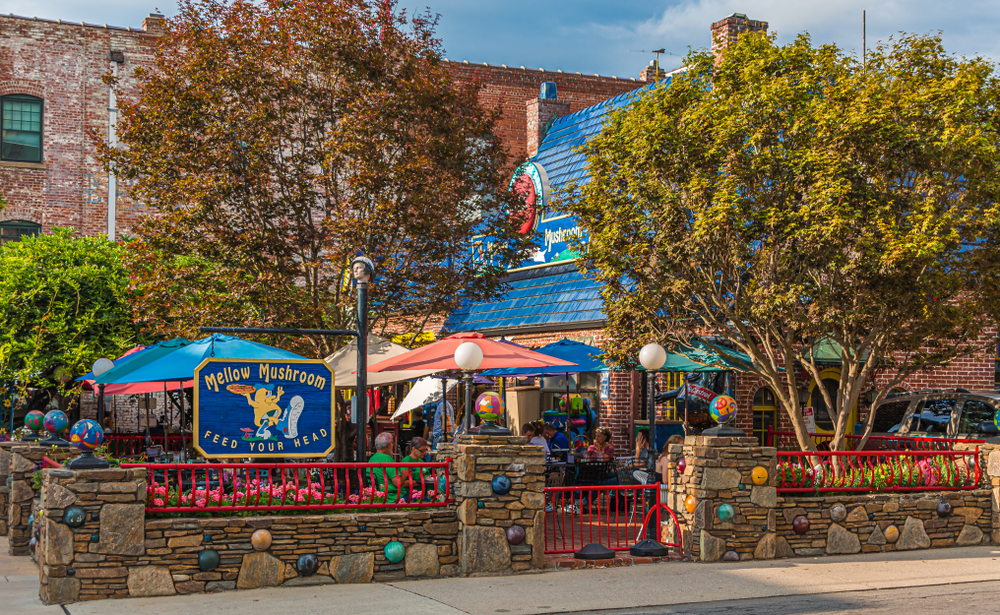
Asheville has gained national attention for its thriving farm-to-table culture, where chefs source directly from nearby farms in the Blue Ridge Mountains. Menus often highlight seasonal vegetables, heritage meats, and artisan cheeses, which reflect the region’s dedication to fresh, local food. Downtown Asheville is filled with restaurants serving everything from Southern staples like fried chicken and biscuits to globally inspired dishes with Appalachian twists.
The town also stands out as one of the country’s top craft beer destinations. More than 25 breweries call Asheville home, and many work with local restaurants to design pairing menus or collaborative events. With its mix of creativity, fresh ingredients, and mountain charm, Asheville proves that a small town can carry the same culinary weight as a large city.
Santa Fe, New Mexico
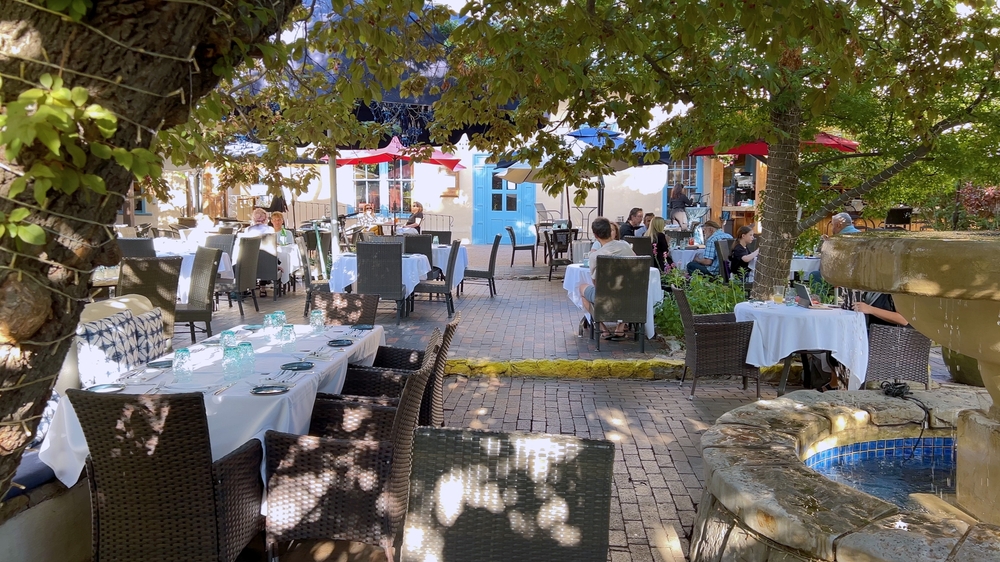
Santa Fe’s food scene is deeply tied to its cultural heritage, blending Native American, Mexican, and Spanish influences into unforgettable dishes. Local ingredients such as blue corn, beans, squash, and, most importantly, red and green chile are used in everything from tamales to stews. The Chile here has a flavor unlike anywhere else, and ordering dishes “Christmas style” with both red and green sauces is a local tradition.
Beyond traditional recipes, Santa Fe has built a reputation for high-end dining that reflects the town’s artistic flair. Upscale restaurants and casual cafes alike celebrate local flavors with creative presentations that attract food lovers from across the world. This balance of authenticity and innovation makes Santa Fe one of the most unique culinary towns in the country.
Charleston, South Carolina
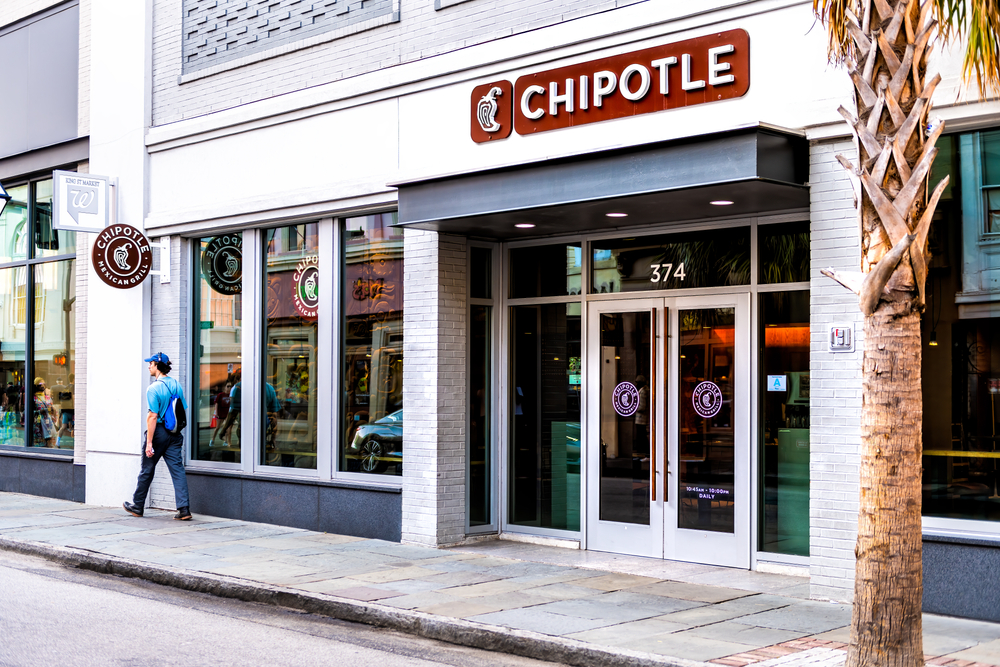
Charleston may be small in size, but its reputation for Lowcountry cuisine is unmatched. Local chefs honor traditions that date back generations, showcasing dishes like shrimp and grits, she-crab soup, and rice-based meals rooted in Gullah culture. Seafood plays a starring role, with fresh catches from the nearby coast served daily in both casual eateries and elegant restaurants.
At the same time, Charleston has developed a reputation for pushing boundaries while staying true to its roots. Chefs often reinterpret Southern classics with modern ingredients, creating meals that feel both comforting and exciting. This careful balance of heritage and creativity has turned Charleston into a culinary leader far beyond what most people expect from a small historic town.
Burlington, Vermont
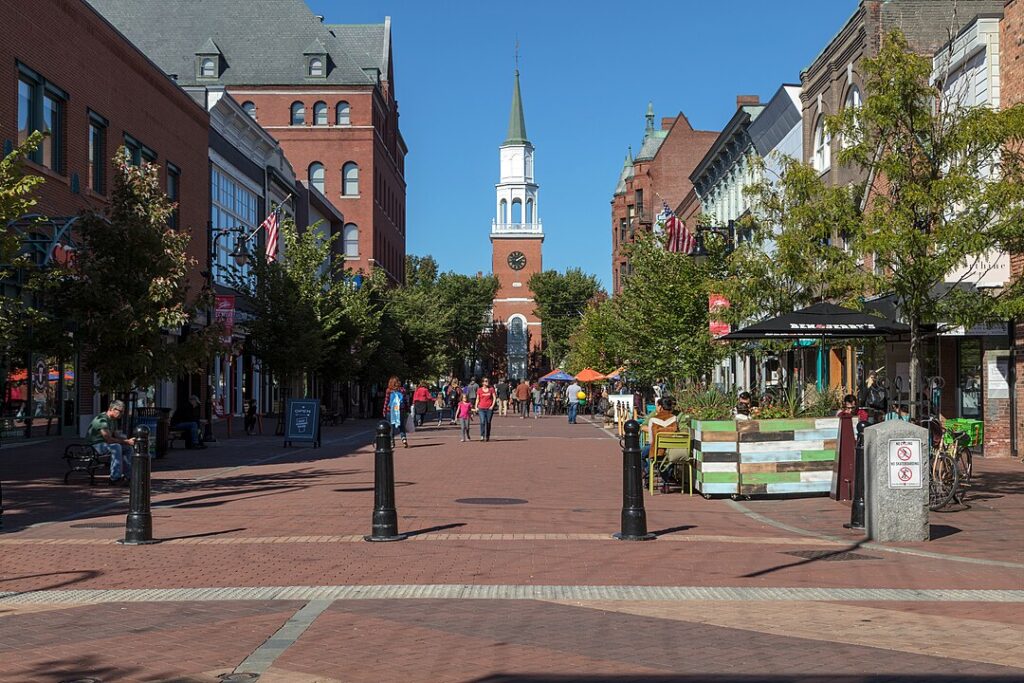
Burlington’s food scene reflects Vermont’s strong farming traditions, where fresh, local ingredients shape almost every menu. Restaurants across town highlight artisan cheeses, maple syrup, and seasonal produce from surrounding farms. The city’s location along Lake Champlain also provides a steady supply of freshwater fish, which local chefs prepare in a variety of inventive ways.
The town’s farmers market has become a hub for the community, where residents and visitors can taste everything from baked goods to craft ciders. Burlington is also home to a vibrant brewery culture, with many establishments pairing food menus with unique beer selections. This strong link between farms, markets, and restaurants makes Burlington a small town with a food culture that feels rich and complete.
Portland, Maine
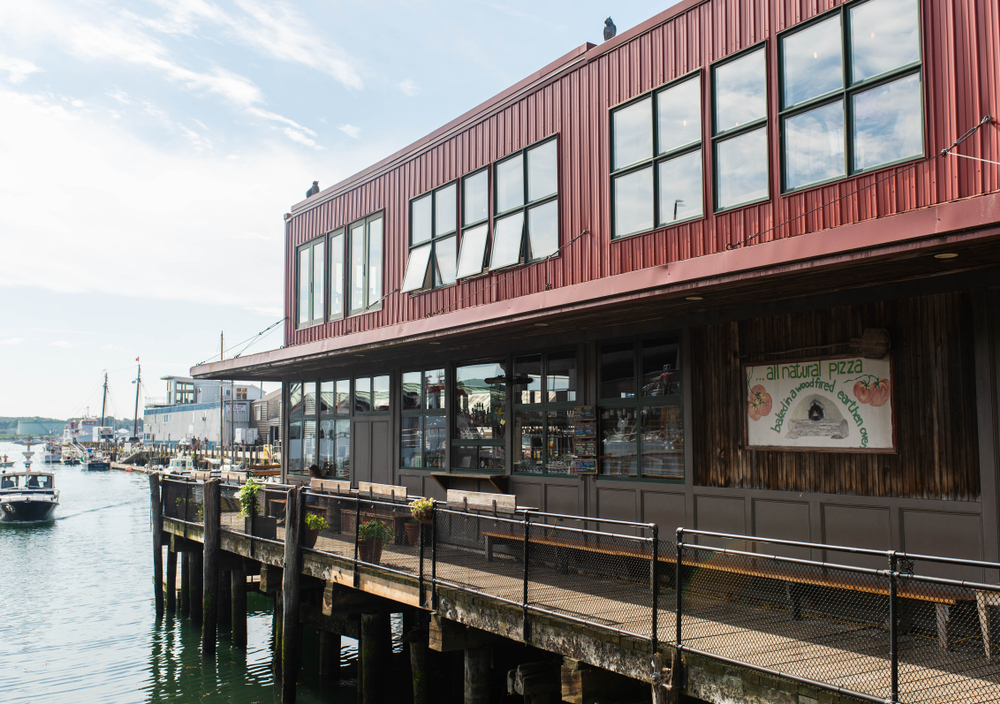
Portland has developed into one of the most respected small food towns in America thanks to its seafood traditions. Lobster rolls, clam chowder, and oysters are the foundation of many menus, but chefs also experiment with new takes on these coastal staples. The Old Port district is packed with cozy restaurants, bakeries, and breweries, creating a lively culinary destination.
What surprises many visitors is the range of international influence in Portland’s food culture. From Japanese ramen houses to Mediterranean-inspired bistros, the town combines global flavors with local ingredients in a way that feels seamless. Portland manages to stay true to its fishing roots while offering the kind of dining experiences usually found in larger cities.
Traverse City, Michigan

Traverse City is best known for its cherry orchards, which have shaped its food identity in desserts, jams, and sauces. Yet the town’s culinary scene extends far beyond fruit, featuring fresh lake fish, locally grown produce, and farm-to-table dining. Many restaurants here focus on pairing meals with wines from the region’s growing vineyards, creating a complete dining experience.
The town has become a favorite destination for both casual travelers and serious food enthusiasts. Seasonal food festivals celebrate cherries, wine, and local farms, bringing the community together. With its scenic lakeside location and strong agricultural base, Traverse City is an unexpected powerhouse of Midwest dining.
Healdsburg, California
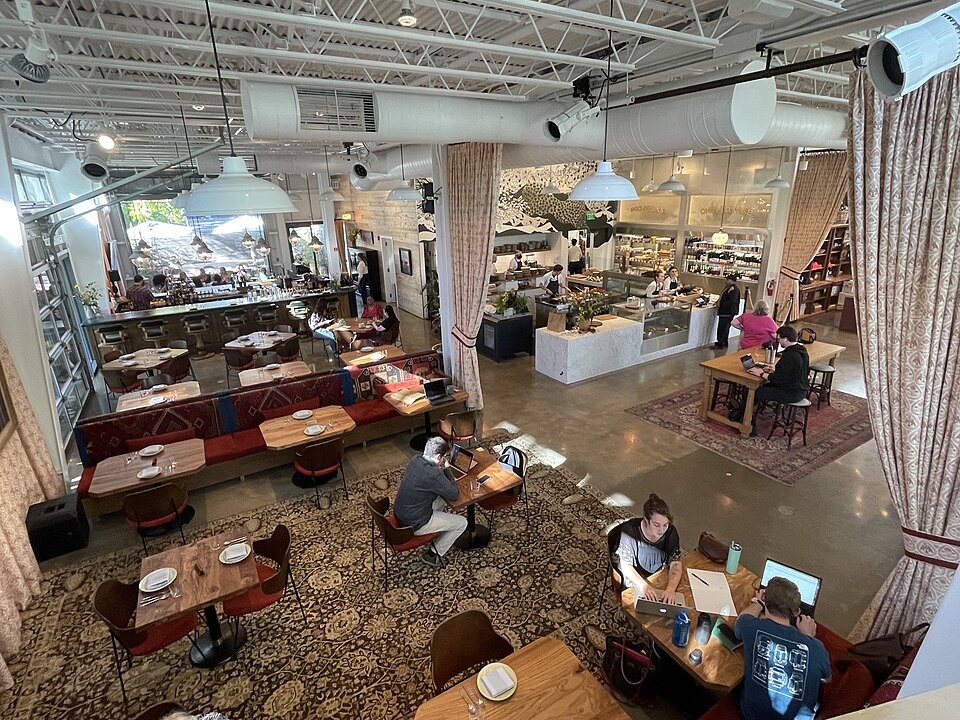
Healdsburg benefits from its position in Sonoma County, where vineyards and farms surround the town. The wine culture plays a huge role in the dining scene, as many restaurants design menus specifically to pair with local vintages. Seasonal, farm-driven cooking defines much of what visitors experience here, often with a California twist on traditional recipes.
Downtown Healdsburg offers a mix of fine dining, tasting rooms, and small cafes that reflect the town’s easygoing charm. The strong link between winemakers, farmers, and chefs creates a dining scene that feels highly connected to its community. For food lovers exploring wine country, Healdsburg is often an unexpected highlight.
Marfa, Texas

Marfa has gained attention for its art and desert landscapes, but its food scene has become just as intriguing. Traditional Tex-Mex flavors dominate, with handmade tortillas, tacos, and beef dishes forming the backbone of local dining. At the same time, Marfa has attracted chefs who bring experimental styles that mix desert ingredients with modern techniques.
The town’s dining options range from food trucks serving street tacos to high-end restaurants offering multi-course meals under desert skies. This mix of casual and sophisticated experiences reflects Marfa’s quirky, creative energy. Visitors are often surprised that such a small, remote town offers dining that feels both authentic and adventurous.
Taos, New Mexico

Taos combines Native American and Spanish traditions to create a food culture that feels both historic and modern. Dishes such as blue corn enchiladas, tamales, and green chile stews are common, showcasing the area’s deep cultural roots. Restaurants in Taos highlight local produce and meats while keeping traditional flavors alive.
The surrounding mountains provide seasonal game and fresh produce, which many chefs use in unique ways. Visitors also enjoy the town’s vibrant farmers market, where regional ingredients are sold directly by growers. Taos demonstrates how cultural history and natural resources can shape a food scene that feels both distinctive and connected to its setting.
Boulder, Colorado

Boulder has grown into a small town with a reputation for health-conscious, creative dining. Restaurants here focus heavily on farm-to-table menus, vegetarian options, and organic produce. Fresh mountain air and active lifestyles shape the food culture, which leans toward fresh, wholesome ingredients.
At the same time, Boulder does not shy away from indulgence. The town has a lively beer scene, artisan bakeries, and restaurants that combine healthy ingredients with big flavors. The mix of wellness-focused dining and rich comfort food gives Boulder’s food culture both variety and balance.
Oxford, Mississippi

Oxford is known for its Southern hospitality, and its food culture reflects the warmth of the community. Traditional Southern staples like fried chicken, biscuits, and catfish dominate local menus. At the same time, Oxford has attracted chefs who bring creative twists to these familiar dishes, raising the town’s profile.
The town’s square is the heart of its dining scene, where both casual and upscale options line the streets. Visitors often remark on the balance between tradition and modern cooking that defines Oxford’s food culture. It is a small Southern town that has become a big name among food lovers.
This article originally appeared on Avocadu.
